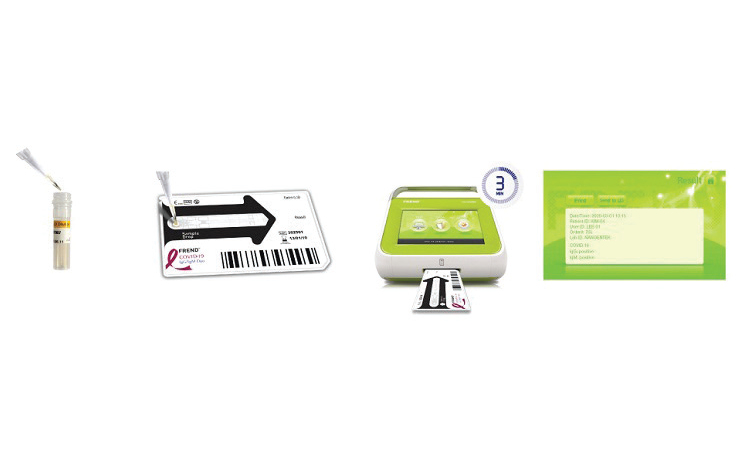Innovative New Technologies for Antibody and Serology Testing
The Covid challenge has brought to light many new, cutting edge approaches towards antibody testing
The Centers for Disease Control (CDC) in the US recently announced that close to 60% of the US population tests positive for COVID antibodies. Still unknown are the distinct sources of these antibodies, likely a combination of natural SARS-CoV-2 infection and vaccination. Also not known is the duration of antibody responses and whether long-term immunity eventually develops.
One thing that is clear has been the proliferation of approaches, based upon both proven and novel technologies, aimed at tracking antibody response. These methods are serving a vital role in helping to better understand viral spread and immune response now and for emerging infectious disease outbreaks in the future.
There are many technologies in the research and development phase. Over 80 tests have attained Emergency Use Authorization (EUA) from the FDA. Most are based on ELISA or lateral flow assays, and several approved assays incorporate innovative, state-of-the-art detection technologies.
The QIAreach Anti-SARS-CoV-2 Total Test is designed to measure total antibodies in human serum and plasma. The test produces qualitative detection and is approved for use by CLIA certified labs.

- Antibody responses are measured by use of a single-use, lateral flow, digital detection device called an eStick.
- A nanoparticle conjugate immobilized on the device substrate fluoresces in the presence of SARS-CoV-2 antibodies when exposed to a specific wavelength of light.
- The eStick device incorporates optoelectronic technology and a microprocessor, which converts the nanoparticle-based fluorescence into a digital readout.
- To achieve this readout, the eStick is inserted into the QIAreach Hub which serves as a power source, allowing simultaneous analysis of multiple tests.
The use of fluorescence and digitized detection removes potential test ambiguity produced by traditional visible light-based lateral flow assays.
The Elecsys Anti-SARS-CoV-2 S test is designed for qualitative and semi-quantitative detection of antibodies to SARS-CoV-2 in human serum and plasma. The test is approved for moderate to high-complexity CLIA lab use.
- The test runs on the Roche diagnostics cobas e system analyzers and is compatible with existing workflows.
- The assay works using two SARS-CoV-2 S-receptor binding domain (RBD) antigens, one labeled with a ruthenium complex and the other biotinylated. When incubated with SARS-CoV antibody, the labeled antigens form a sandwich, which is captured by streptavidin microparticles.
- These microparticles are then magnetically captured onto an electrode, and non-specific reagents are washed and removed.
- Application of voltage to the electrode induces chemiluminescence from the bound substrate.
- The cobas photomultiplier detector then reads the signal and quantifies I against calibrators.
The use of the voltage activated electrode boosts the signal while reducing time. Significantly, tests can be run on existing instrumentation in the lab.
The FREND COVID-19 total Ab test is designed for qualitative detection of total antibody in EDTA treated plasma. It is intended for CLIA labs certified to conduct moderate to high-complexity tests.

- The test is a fluorescence immunoassay using the FREND cartridge, which houses microfluidics lateral flow technology.
- A positive sample forms immune complexes while moving through the fluidics pathway.
- Small volumes of sample (35 µl) are loaded in the cartridge inlet, which is then placed in the FREND detection system.
- If positive antibodies are present, they will bind to SARS-CoV-2 antigen coated fluorescence beads. These beads are subsequently bound to anti-IgM and anti-IgG in the test zones of the device.
- The readouts are compared to a refence zone and positive results are determined by a cutoff value.
The advantages of the system include the need for only microliter starting amounts of sample and the fast turnaround of 3-4 minutes per assay.
Outlook
Among the growing list of EUA FDA-approved Covid antibody tests there are amazing new technologies based upon customized reagents and state-of-the-art antibody detection techniques. These of course are tests which have achieved FDA authorization for emergency use, and there are many more at the proof-of-concept and development stages.
The challenge of Covid has brought to light new approaches that combine microfluidic, microprocessor, and nanoparticle technology elements – harnessing the ultimate power of innovation for the present and the future of infectious disease testing.
Visit the Antibodies and Reagents Application Page










